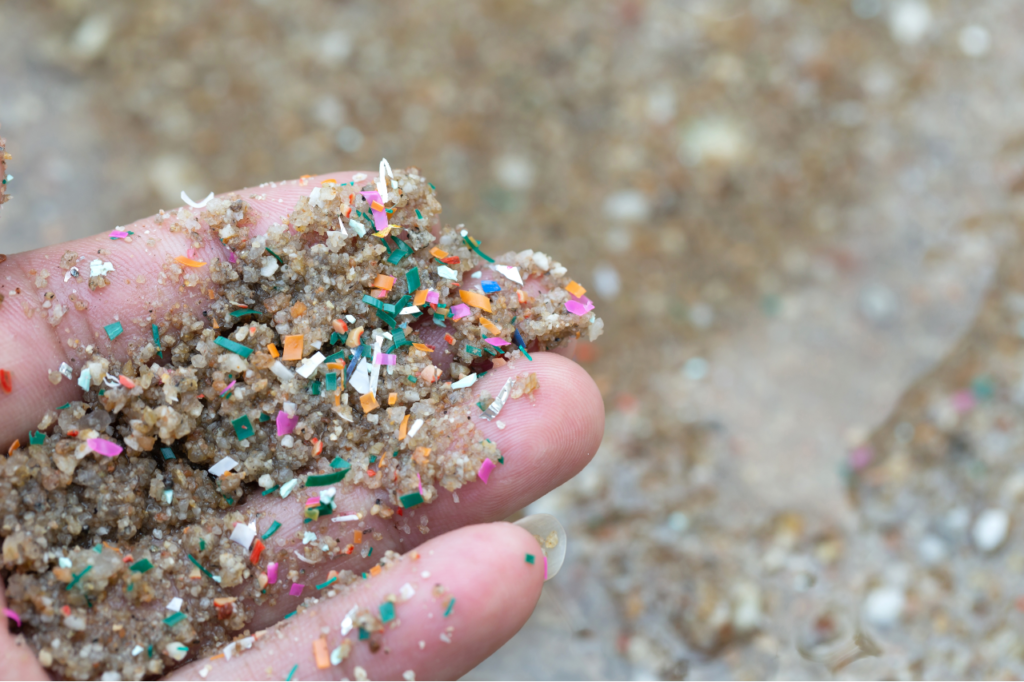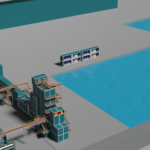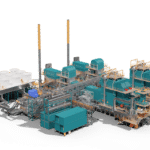
WOIMA BLOG 1/2018 – Eating and Swimming in the Plastic Ocean
Plastic is one of the most convenient inventions that man has made in the past 100 years. The packaging industry, in particular, has taken this material to heart.
Unfortunately, human indifference and lack of efficient waste management in many parts of the world mean that much of the plastics end up in oceans.
Plastic is cheap and incredibly versatile with properties that make it ideal for many applications. However, these qualities have also resulted in it becoming an environmental issue. We have developed a “disposable” lifestyle and estimates are that around 50% of plastic is used just once and thrown away. We are now producing nearly 300 million tons of plastic every year, including 500 billion plastic bags with an average “working life” of 15 minutes.
Over 10 million tons of plastic waste finds its way into our oceans every year. This corresponds to the weight of 700 billion plastic bottles, enough to fill 140,000 Olympic size swimming pools. Or cover the whole Yellowstone National Park with one layer of bottles. It is estimated that there will be more plastics than fish in our oceans by the year 2050. This is a sad statement that emphasises two current trends; over-fishing and indifference towards the environment.
Although new plastic waste is a major eye-sore, it is the microplastic particles that pose the biggest risk. Recently, another patch of microscopic plastic garbage bigger than Mexico was found in South Pacific. Microplastics are created when larger plastic debris breaks down by sunlight and wave action into rice-sized bits that measure 5 mm or less. They have turned the world’s oceans into what scientists call a “plastic soup”. There are already over 100 marine species that mistake these plastic particles for food. Thus, the microplastics and chemicals used in the manufacturing can concentrate in the food chain and end up in our dinner plate.
The world recycles just 14% of the plastic packaging it uses. The rest is discarded either because recycling is deemed too difficult and expensive, or simply because we are too lazy. Even for the low-economic-value plastic waste, and especially if recycling is not an option, there is always a way of harnessing its energy through W2E solutions. It is our mission at WOIMA to utilize this type of waste in local power generation to increase human and environmental well-being.
Reduce, reuse and recycle – Help save the oceans
https://www.plasticoceans.org/
Ask more about saving the planet with WOIMA W2E solutions.




